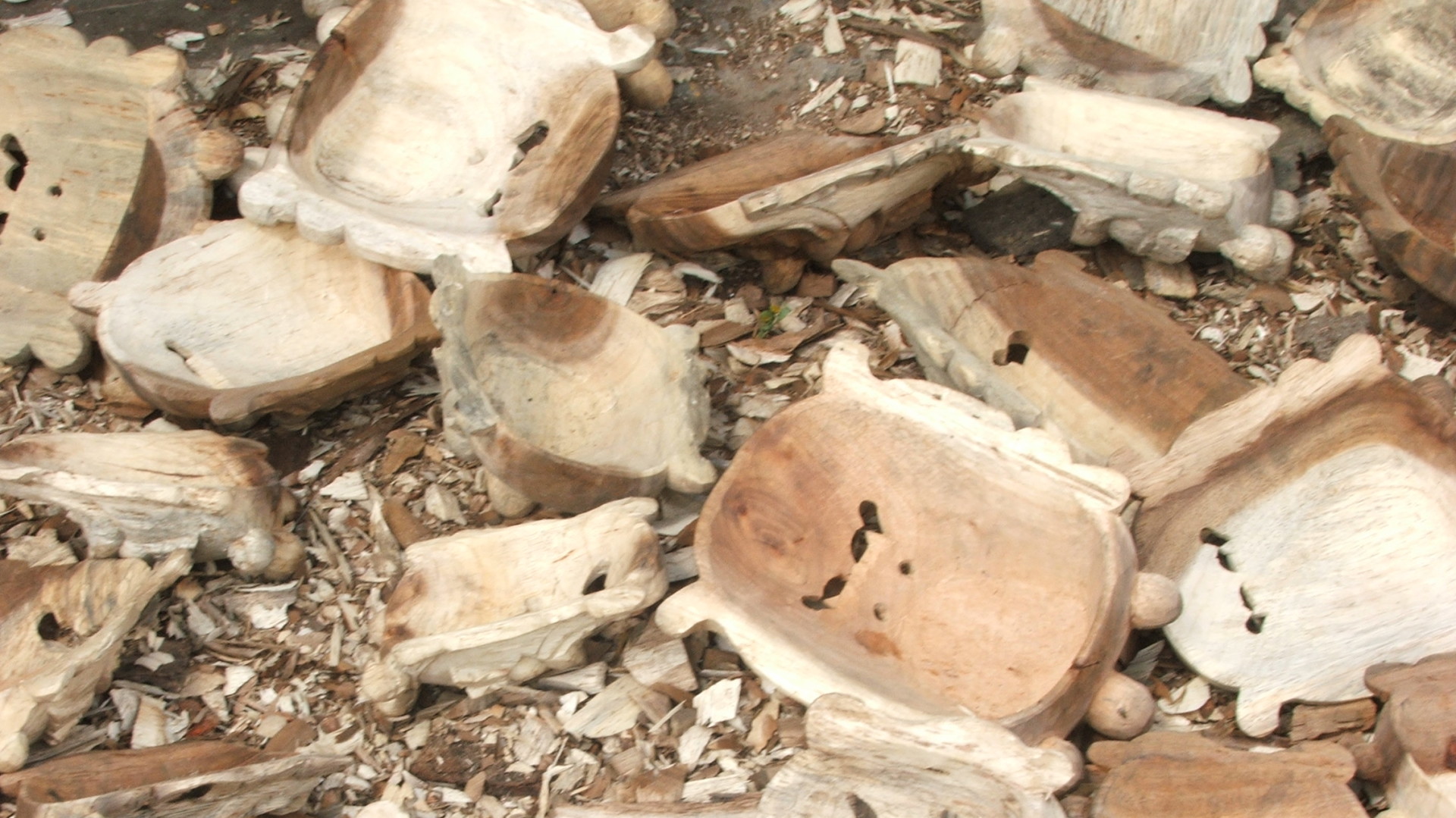Heritage performance
Within the project “Heritage as Placemaking” (2021-2025 funded by the Riksbankens Jubileumsfond), my own research “Performed heritage: embodiment, transmission and creative placemaking in Janakpur and the Kathmandu Valley” looks at Newari and Maithili heritage performance practices.
My project aims to understand how heritage performances construct “places”/cultural landscapes and how places shape and enable specific heritage performances facilitating or limiting collective imaginations of a plural Nepal. This research will start from heritage performances strongly rooted in “place” through their connection to place-specific rituals and festivals (e.g. Charya dance in the Kathmandu Valley and Ramlila in Janakpur). It will then move simultaneously in two interconnected directions, looking at how performance knowledge transmission works and how this sustains old or creates new solidarities and communities of practice: 1) spatially, from local to national and global levels to understand how heritage performance and performance knowledge is interpreted and transmitted across communities and regions, the role of the state and of diasporic communities in sustaining and reshaping heritage performance; 2) contextually, from ritual to the theatre/creative industries to understand if and how the moving of heritage performances into not ritual contexts create wider solidarity networks that transcend ethnic boundaries.
Nepal has an extraordinarily rich performative culture. Gods do not remain sheltered in reliquaries but during festivals they travel, they come out and join humans in the street celebrations.The jatras are occasions when the coming together of humans and divinities may reinforce social bonds and political power. Subedi (2006, p.11) argues that traditional masked dances and dance dramas are still watched by larger numbers of people than any contemporary play. But performers and spectators share repertoires of stories and a shared frame of reference for religious beliefs and practices. Similarly, many contemporary theatre artists were inspired by heritage performance and festival that they grew up watching to get involved in the performing arts. There are many levels of continuity between the temples, the streets and the stage.
Here is an example of how Charya dance was embedded in the stage performance of Fire in the Monastery, a play written by Abhi Subedi and performed by Aarohan Theatre at Sama Theatre in Gurukul in 2012 (video recording by the author).
